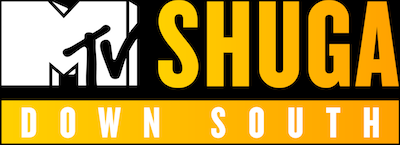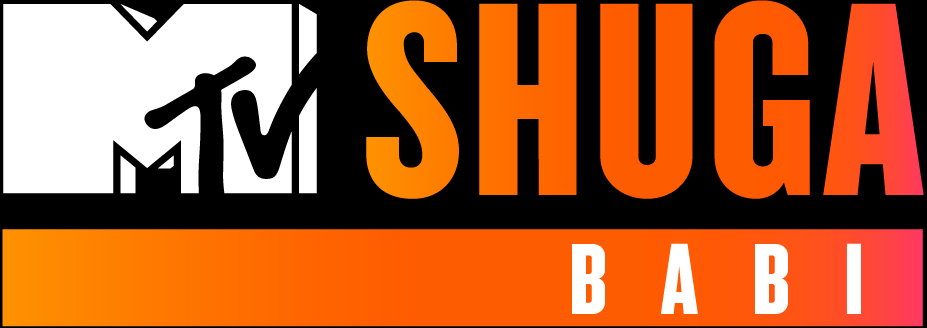What is HIV?
The lowdown
MOST PEOPLE HAVE HEARD OF HIV, BUT HOW MANY OF US ACTUALLY KNOW WHAT IT IS?
Let’s break it down…
HIV = Human Immunodeficiency Virus. Okay, but what does Human Immunodeficiency Virus actually mean? These long, technical terms can get pretty confusing. Fundamentally, HIV is an infection that weakens your immune system and makes it harder for your body to fight off other infections and diseases.
HIV is spread through a number of ways. Some people are born with HIV due to their mother being HIV positive and not having access to the medication that can prevent transmission to their child, others get it through exchanging blood with someone who is positive; but the most common way is through unprotected sex. Having sex without a condom is responsible for more HIV infections than any other way.
Symptoms vary and may even take years to show. If you choose to have sex, staying safe and wearing a condom is the best way to keep yourself protected.
Find out how HIV can be contracted.
There are different types of medicine to take when it comes to HIV…
ANTIRETROVIRAL TREATMENT (ART/ARVs)
Although medicine is developing at a rapid pace, there remains no cure for HIV. This does not mean that being HIV positive is a death sentence. Far from it; by receiving the right treatment and information, you can live your life to the max. ART works by keeping the level of HIV in your blood, also known as your viral load, low. This allows you to stay healthy and helps minimise the chances of infecting others. ART is a life-long process. Once started, you need to take your medication every day.
ART is also important for pregnant women who are HIV positive. By keeping their viral count low, ART can reduce the risk of mother-to-child transmission to less than 5%.
PrEP & PEP
Perhaps coming as a bit of a surprise, PrEP is a drug taken by those who are not HIV positive. Pre-exposure prophylaxis, more easily referred to as PrEP, is a new form of prevention when it comes to HIV. PrEP consists of a single pill taken each day by those at high risk of contracting HIV, but who are not HIV positive.
Those who may take PrEP include:
– HIV negative individuals who are in relationships with those who are HIV positive (discordant couples /‘magnetic couples’),
– Medical professionals working in close contact with people living with HIV,
– Sex workers and others who may find it difficult to negotiate condom use.
Yet, PrEP is only considered to be 90% effective, so those taking it must still use condoms when having sex.
PEP, on the other hand, is a form of medication taken by those who are HIV negative in emergency situations. PEP (post-exposure prophylaxis) is used to prevent HIV infection after a possible exposure. For PEP to work, medication needs to be taken as soon as possible following a person’s potential exposure to HIV, and must be taken within 72 hours of exposure in order to be effective.
Taking the right medication when it comes to HIV is the best way to stop it from progressing to AIDS (Acquired Immunodeficiency Syndrome). Visiting a doctor with experience in treating people with HIV, eating well, exercising and cutting down on the booze are some of the ways you can live positively.
If you get upset, it’s good to know that help is only one ring away. There are helplines in place with people who want to talk to you. If calling is not your style then visit your local health clinic or search online for support groups nearby, where you can talk to people going through a similar experience to you.
For more information, check out the following links. Knowledge is power:
– HIV/AIDS FAQs
– How is HIV passed from one person to another
The following resources can help you learn how to manage your illness and where you can go for help and support.






